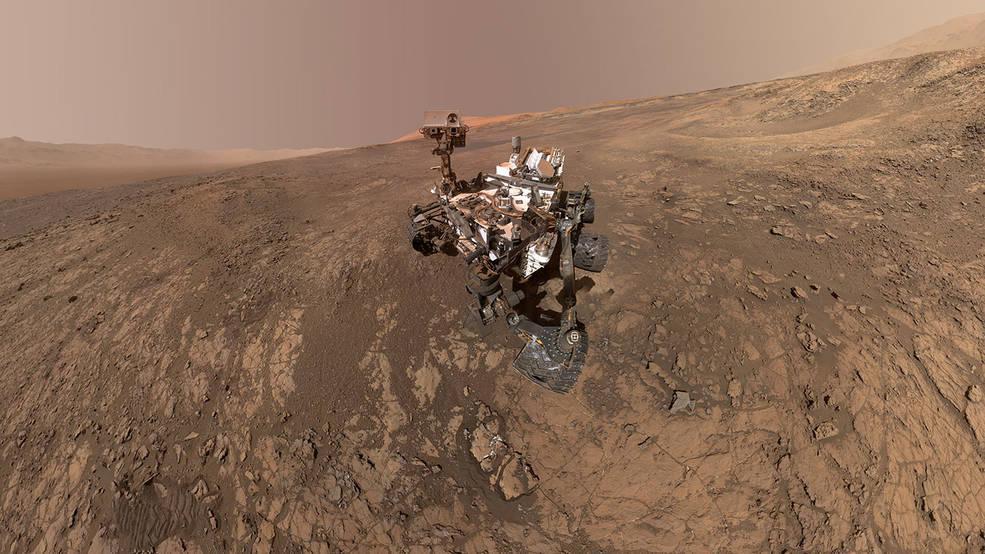Four astronauts are headed to the ISS aboard the SpaceX Crew Dragon spacecraft. The International Space Station-bound spacecraft was launched from NASA’s Florida-based Kennedy Space Center atop the Falcon 9 rocket. The SpaceX Crew-2 astronauts will dock to the space station, making it the second commercial mission to the rotating laboratory. This is third crewed orbital flight overall. The four astronauts are Shane Kimbrough, Megan McArthur, Akihikoa-Hoshidea, and Thomasa-Pesquet. Shane is the spacecraft commander. Megan is the pilot. Both are NASA astronauts. Akihikoa is from JAXA and Thomasa is an ESA astronaut. They will serve as mission specialists.
SpaceX wished the four astronauts a good luck and exuded confidence that the mission will deliver expected results. The launch of Crew-2 was deferred of Thursday (April 22) by a due to bad weather conditions. It was rescheduled for launch on Friday (April 23). This is first flight of Crew Dragon spacecraft with two international partners — JAXA and ESA. The four astronauts will join Expedition 65 members, Roscosmos’ Oleg Novitskiy, Pyotr Dubrov, NASA’s Mark Vande Hei. This mission duration is six months. They will conduct crucial science experiments at the ISS. The ISS circles the planet in the low-Earth orbit. It zips around Earth every 90 minutes approximately at a speed of more than 17,000 miles per hour.
NASA said that the mission will focus on Tissue chips that are small models of human organs. The chips contain multiple cell types. Besides, the astronauts will also expedite the microgravity investigations and participate in maintenance activities and upgradation. Meanwhile, NASA and SpaceX are preparing to launch the Crew-3 mission. The mission is likely to be launched by mid-October. They Crew-2 will return after October 31. ISS was launched in 1998. The laboratory serves as a base for space agencies to conduct science experiments. The facility orbits 400 kilometers above the surface and is the largest man-made object in low Earth orbit. It is so huge that humans can spot it with naked eye. Astronauts from 19 countries have visited the ISS so far.
